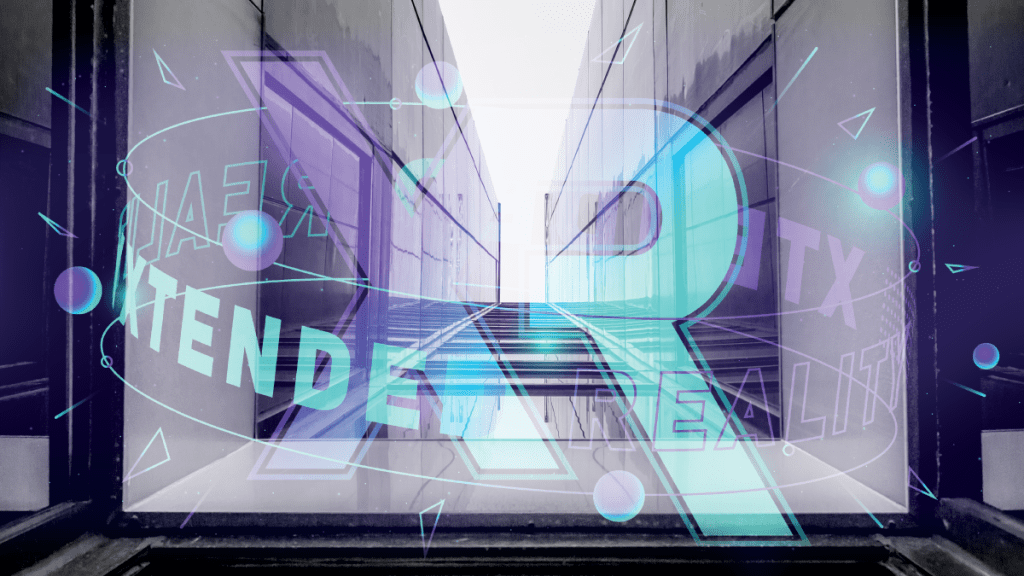
The current business landscape is open to introducing extended reality in business. The pandemic has shown the world how vital remote work can be. Virtual elements of the workforce and workspace are being highlighted. Extended reality can be a refreshing addition to your business operations.
What Is XR
XR is the umbrella that fits various yet related tech under it. Such tech includes AR, VR, and mixed reality (MR). These technologies set out to deliver different outcomes. An essential component of XR is its transformation to stiff human-to-scream operations. It transforms it into a more immersive experience. XR achieves said transformation by taking you to a virtual environment, not confining you to a screen.
Moreover, XR augments your surroundings through AR. the most viral example of such technology is the game Pokemon GO. When AR and VR meet, it becomes a merging called MR. it might sound confusing, but all these technologies allow you to understand extended reality in business.
Impact of Extended Reality on Business
Numerous CEOs made their stance clear that immersive technology would impact businesses across a range of industries before the COVID-19 epidemic. XR is demonstrating that it is a beneficial tool that companies can and should utilize to enhance their internal processes as the world adapts to the pandemic’s consequences.
Additionally, employee expectations are evolving as the workplace becomes more dispersed and highly mobile. HR experts from various businesses and countries must accommodate these particular employee needs in a remote setting. For companies aiming to increase retention rates, delivering a fantastic employee experience is essential. Here are a few examples of how XR impacts the workplace and influences employment across many economic sectors.
The Recruitment Process
A company’s use of XR can aid in attracting top personnel for recruitment objectives for several reasons. Younger generations are more likely to work for an organization that uses cutting-edge technology, and XR is no different. According to the Bureau of Labor Statistics estimates, by 2030, 30 percent of the workforce is predicted to be Generation Z employees.
Moreover, To address the digital needs of the Gen Z population, businesses should think about utilizing XR technologies. Think about how HR departments might look into XR investments to enhance their hiring procedures. Candidates can experience a day at a company using a VR headset without ever setting foot inside the building. After being employed, the transition would be smooth because the staff would feel at ease and excited about the new tech.
Remote Work
Employers are searching for ways to enhance their business models to serve better the demands of the record-breaking number of workers who work remotely, either part- or full-time. XR is a fantastic tool that businesses can use to encourage team members to collaborate in several dimensions.
For distant workers and upper management, providing head-mounted VR or AR displays can be a game-changer, especially during meetings traditionally held in person. For instance, businesses can use XR products like The Wild, VRtuoso, spatial, and Spatial. XR technology will be a popular tool for companies with remote workforces. The extended reality in business can lead to better remote work culture.
Employee Education
Simulating real-world scenarios for employees is one of the main advantages that XR offers. The retail behemoth incorporated VR headsets into its employee training program in 2016, so Walmart has benefited from this development. The business used these headsets to train staff members to respond politely to difficult client situations when the pandemic hit.
MR technology allows surgeons to rehearse their procedures in an immersive environment for health care and medicine without cutting a single human body. Almost all businesses focus on training since investing in employees’ growth, and development can have significant long-term benefits.
The Future of Extended Reality in Business
Will future hires receive a VR headset from the employer in addition to their laptop? It’s evident that technology is booming; gadgets are less expensive, and toolkits are integrated into our phones. The audience for learning might soon anticipate wearing a wearable while receiving instruction. And as technology advances and becomes simpler to use, acquire, and disseminate, XR will be incorporated into the workplace.
Furthermore, XR is currently in its infancy, and our knowledge of the technology and its potential is still limited. The ability to create XR experiences is improving, and the tools used to deliver them are becoming more advanced. In the future, the question is not whether technology will be present in the workplace but to what extent.
Concluding Thoughts
Lastly, the extended reality in business is not a minor tweak. It has the potential to be groundbreaking. Augmented reality can be a crucial element in practical work tasks. In contrast, virtual reality can create a virtual workspace to accommodate the remote work culture. It all boils down to how much you want and need from XR.
Inside Telecom provides you with an extensive list of content covering all aspects of the tech industry. Keep an eye on our Tech sections to stay informed and up-to-date with our daily articles.